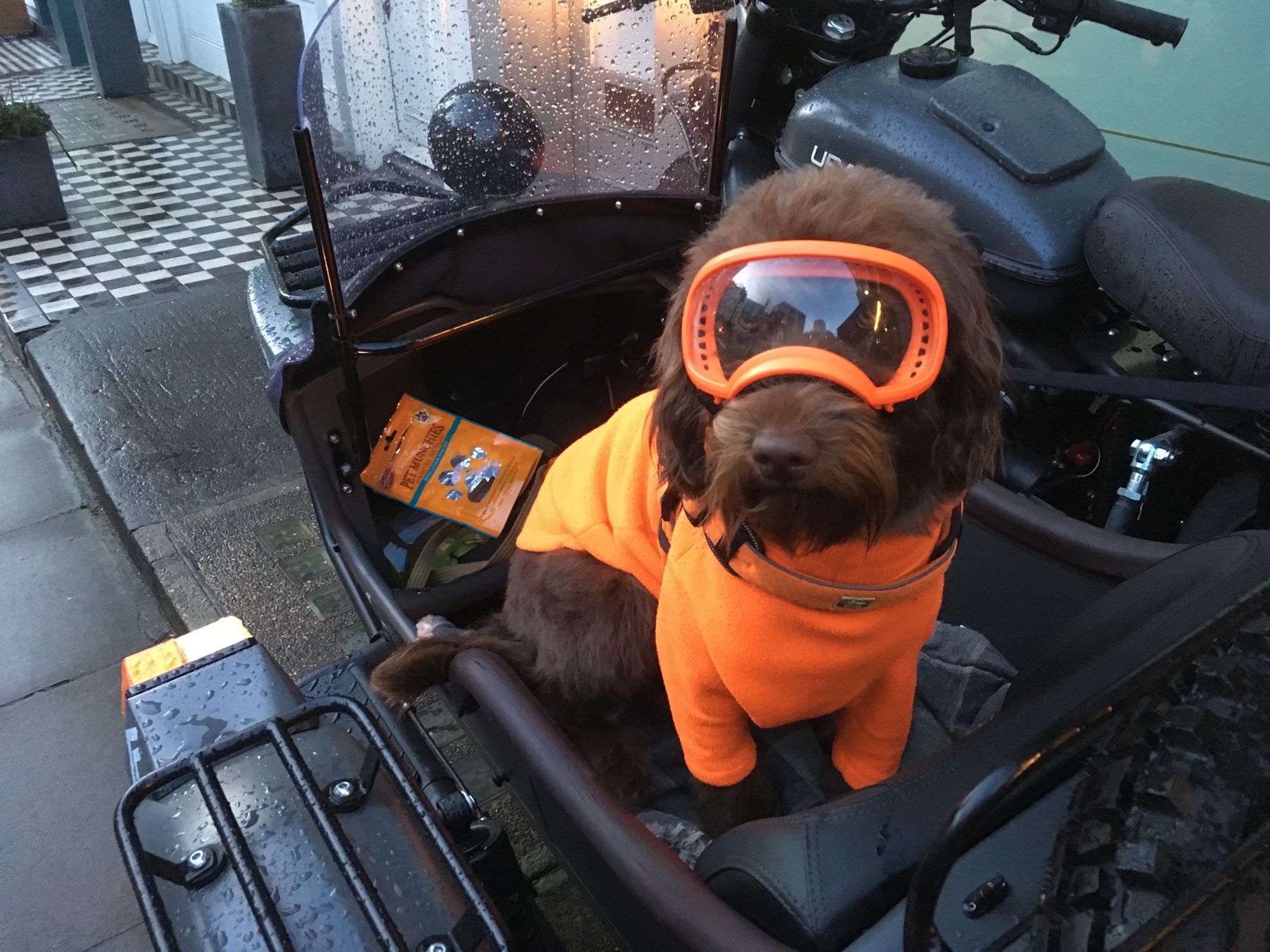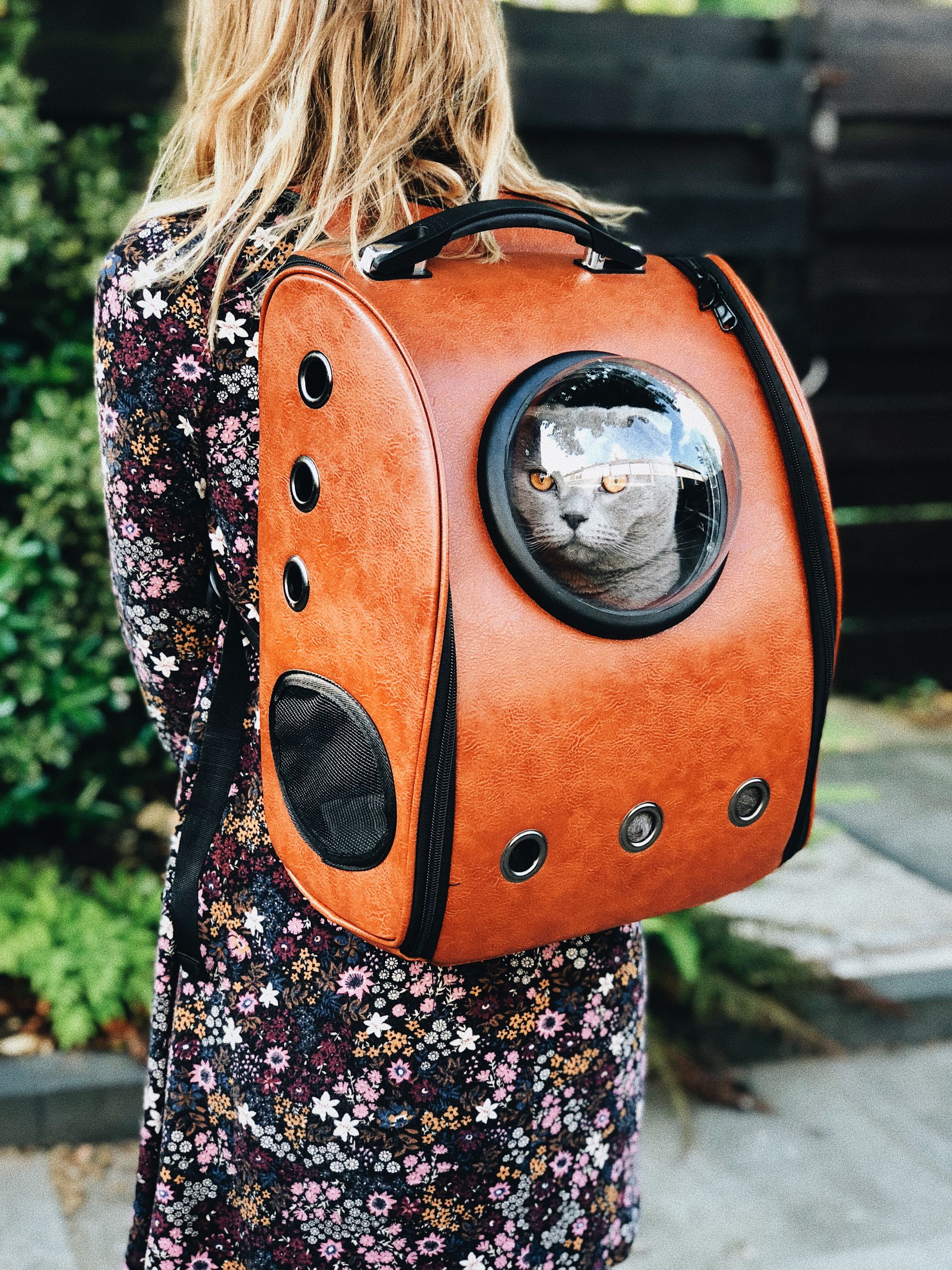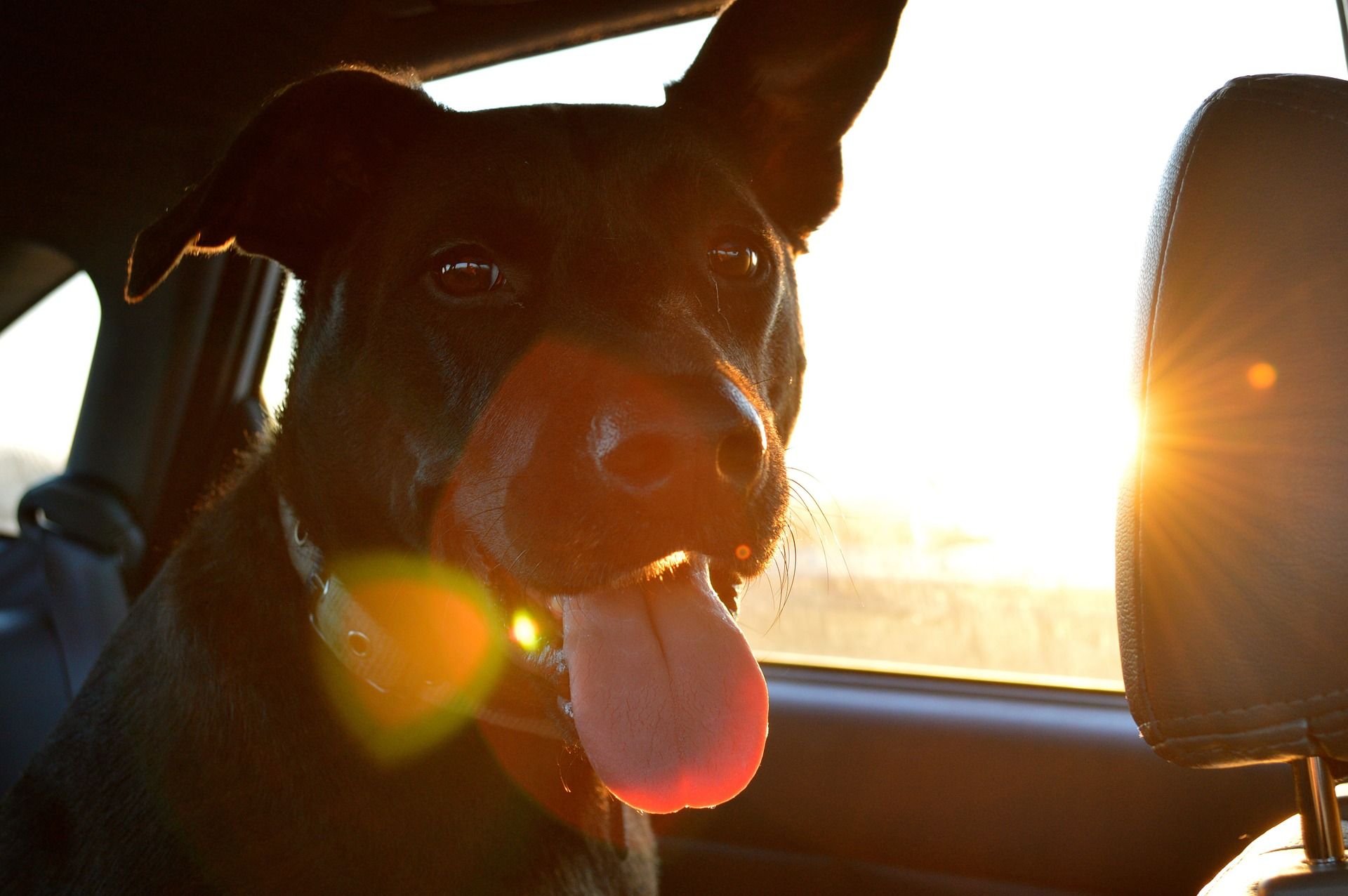With an increased emphasis on security, farewell wishes of “bon voyage” have been replaced by “travel safely.” Regardless of the mode of travel, today we all take extra precautions to buckle up and make the trip as safe as possible.
Sadly, though, those security measures often don’t extend to our pets. While more people than ever now travel with Fido (or Fluffy), many do not take the same safely steps with their pets as they do with two-legged passengers. A safe dog travel study by Kurgo and AAA showed that, while nearly six in 10 people have traveled with their dog in the car at least once a month over the past year, only 16 percent were restraining their dog while in the vehicle.


Travel safely with your dog with HomeExchange
A growing number of states are now regulating the transportation of pets in autos—but legislation isn’t required to tell conscientious drivers that securing your dog is best for dogs and for the people inside the car. An unrestrained 10-pound dog in a car traveling just 30 mph will exert nearly 300 pounds of pressure in a collision.


10 Tips to travel with your pets with HomeExchange
To safeguard your pets during your travels, here’s a list of 10 steps you can take to make sure Fido and Fluffy arrive with you safe and sound—and that the travel memories you make are happy ones:
1. Talk with your veterinarian.
The first step toward safe pet travel is a discussion with your vet about your trip and your pet’s special needs. If you are traveling out of state (or flying anywhere), you’ll also need to obtain a Certificate of Veterinary Inspection or CVI.
2. Microchip your pets.
Even if your dog or cat is wearing an ID tag, it pays to have your vet place a permanent microchip in your pet in case she should be
lost on a trip.
3. Consider car travel over air travel for large pets.
Unless your pet is small enough to fit in the cabin of the airplane with you, consider driving instead
of flying your pet. Flying in the baggage compartment of an airplane is extremely difficult on pets.
4. Buckle Up.
Whether you choose to buckle your dogs, secure small dogs in a booster seat, or secure dogs or cats in a crate or carrier (that itself is buckled in securely), be sure to secure your pets in the car. Along with securing your pet in the event of an accident, pet restraints also minimize driver distractions. The Kurgo and AAA survey showed that nearly a third of drivers were distracted by their dog’s actions such as standing on the center console or even climbing into the front seat.
5. Heads Inside.
Yes, we’ve all seen the joy in the photos of dogs with their heads hanging out the car window—but that joy comes at the risk of jumping from the car, decapitation by an object too close to the car, and eye injury from flying debris. Crack the window slightly to permit outside air and smells in the car but keep your dog’s head in the car where it belongs.

6. Always have an ID tag on your pet.
Pets can always slip away on arrival so be sure to have each pet wear a clearly legible ID tag with your name (which is more important than your pet’s name) and your phone number. If you’ll be at one destination for an extended time, consider a second ID tag with your local address as well. Many pet travelers go high-tech on the road with GPS tags for their pets as well so missing pets can be tracked by smartphone.
7. Never leave your dog alone in the car.
Research your trip in advance so your dog can accompany you on your stops. Cars can heat to deadly levels in a matter of minutes and, even during temperate weather, your pet is at risk of being stolen if left alone.
8. Prepare for the unplanned.
It only takes a few minutes to prepare a list of emergency veterinarians at your destination and along your route. A compact pet first aid kit also helps with minor issues along the way.
9. Check and double check before opening the crate.
When you arrive at a hotel room, do a sweep of the room—twice—to look not only for anything you don’t want your cat to get hold of but also for hiding places.
10. Disembark Calmly.
On arrival, depart the car only after your pets show calm behavior. Leash your dog before leaving the car. Cat travelers should also do a sweep of accommodations before removing a cat from the safety of a carrier. Confine your cat to a bathroom or other small room on arrival but first look for hiding places (because you can bet that your cat will be looking for them!)
A few moments spent planning your pet travel can help you and your dog or cat have a safe trip, fetching memories for years to come.
With more than 65,000+ Pet-friendly homes in the community, plan you next escape with your furry friend and connect with Members that share the same passion for animals 🖤
